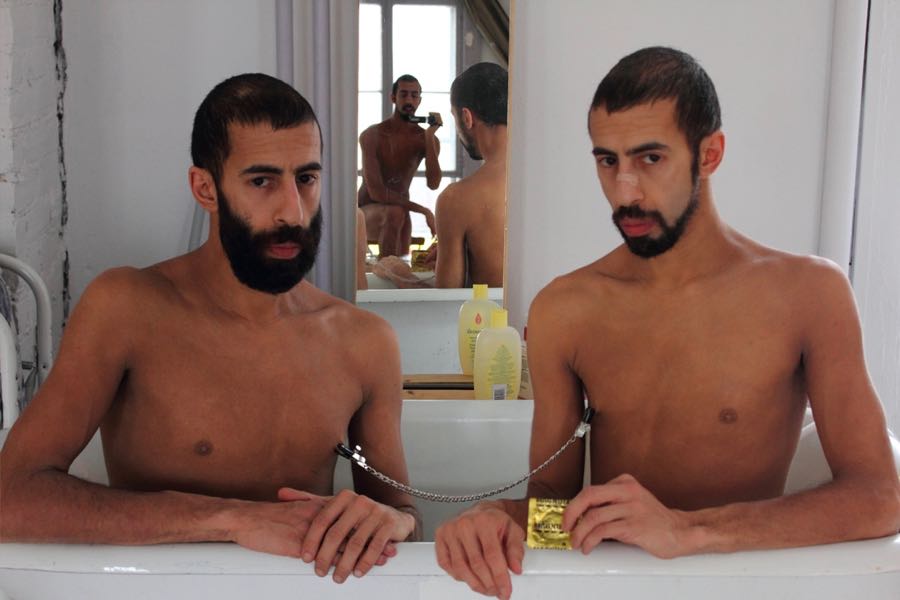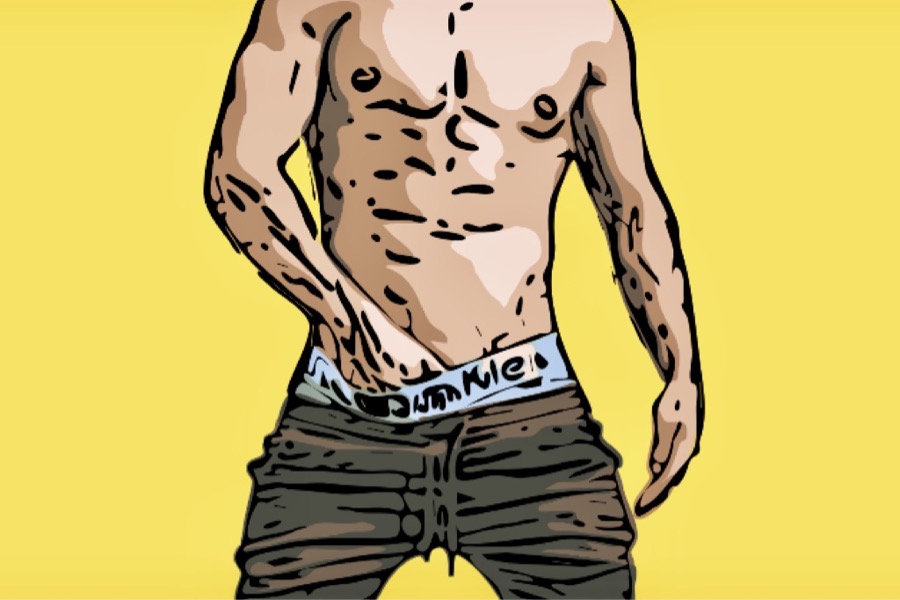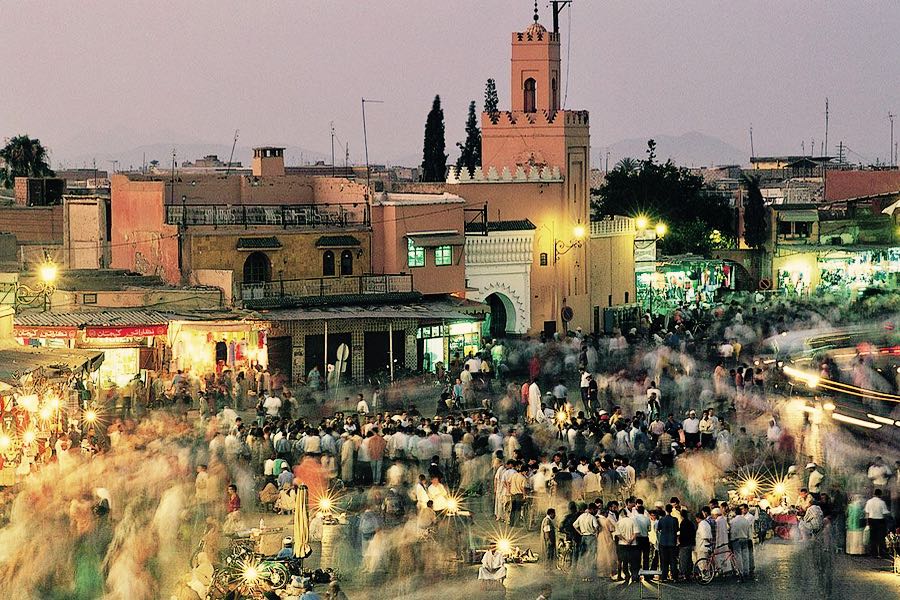His pseudonym is, by itself, an artistic manifesto: 2Fik seems strange, but, read in English, has the absolutely common sound of the “real” name, Toufik, of this photographer. With a series of self-portraits that paradoxically portray a number of characters and not their creator himself, 2Fik tells, in a funny and serious, carefree and profound way the reality of an intercultural identity that is increasingly common in the world, but that still struggles to find its own voice and its own image. Il grande colibrì interviewed this interesting artist.
Your story and the story of your family were set between Morocco, France and Canada…
I was born in France, where I lived for several years, then I moved to Morocco and even there I spent several years. After that, I moved back to France and eventually I got tired of it, so I moved to Canada. Moving is for me a way to reappropriate my life, my knowledge, my person.
Belonging to three cultures, do you feel “lost in translation”?
I used to be “lost in translation” when I was thinking that having one unique reference was the best thing to be a balanced person. I mean that when I was in France, I was called “the Arab”, while in Morocco I was “the French”. In Canada, they call me “the French Arab”! I stopped thinking about the labels people stick on my forehead and focus myself on how I feel by being tricultural.
Growing up among different cultures can be a source of wealth, but also of disorientation. Some are distressed by the lack of a single identity model, others try to get the best of all the cultures with which they come in contact, and there are also those who enjoy the freedom from the constraints of tradition and self-determine their personality with serenity…
For me, it’s a real wealth to be able to pick informations, habits and references from three different countries. In a way, you become able to get the best of those worlds and try to get a better person. So, what was lived as a drawback (not being seen as a full French or a full Moroccan) is now your strength: adaptability.
Could you give an exemple?
I’m able to handle situations equally in Paris, Casablanca or Montreal because of my life experience. I get jokes in three languages, I can discuss in three languages and I can have arguments on why each culture is important to me. It’s definitely a wealth…
You were born and raised in a Muslim family: what effects had your search for identity on your religious and spiritual dimension?
I used to be a moderate (not to say hypocrit) practicing Muslim until I was 30 years old. I then decided to become agnostic, since I didn’t see the point of keeping my Muslim faith while my work as an artist was pointing out the hypocrisy of some people who use their religion in a political or social way. My parents reacted in a more harsh way when I told them that I was agnostic compared to the moment I explained to them that I wasn’t going to fulfill the expectation of “normality”: getting married and having kids. I’m not interested in that, even if homosexuals have the right to do so in more and more places around the world. I’m glad we finally get this right, but it’s just not my cup of (mint) tea.
You created “a photo-soap-opera where people from different cultures meet and evolve…”
Yes, I created a bunch of characters who interact with each other. Each of them represents a certain type of culture, social level, stereotype or subject that I wanted to base my creative process on.
What are the links between you and these characters?
Every character is a caricature of a particularity that I have. For example, Fatima represents the love I have for my Arab-Muslim culture, while Alice is the exaggeration of my superficial side.
What feelings do you have towards them?
I have no feeling toward my characters. They are just imagination and I use them in a very cold-hearted way: I use them to make a story pop from a photo, nothing more nothing less. I think that having an emotional bond to them would be awkward, it would look for me as if I was loving myself in a narcissistic way. Of course, we must be narcissistic to be artists and show our work, but in the photos I see my characters, not myself as a person.
You love to play with stereotypes through your characters. For example, Marco, the Italian-Moroccan boy, is a closeted homosexual who works in the fashion industry…
This is, by itself, something funny! Sometimes people in real life become stereotypes without realizing it. However, it’s not because they look, sound or act like a stereotype that they are a stereotype. That’s what I think is important: breaking labels by recreating the prejudice that we see through my artworks.
Plus, I didn’t think that having an out gay character would be as interesting as playing with a closeted gay. The creative possibilities with a Marco are endless. My aim is to imagine visual scene to answer questions like “How does he handle his dates?,” “Where does he go to cruise,” “Is he stuck with the virtual cruising in order to stay discreet,” etc.
©2013 Il Grande Colibrì








